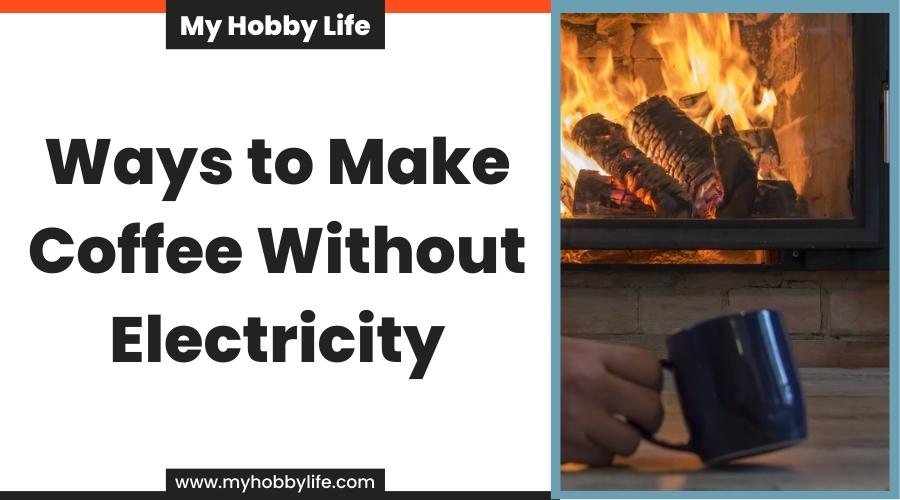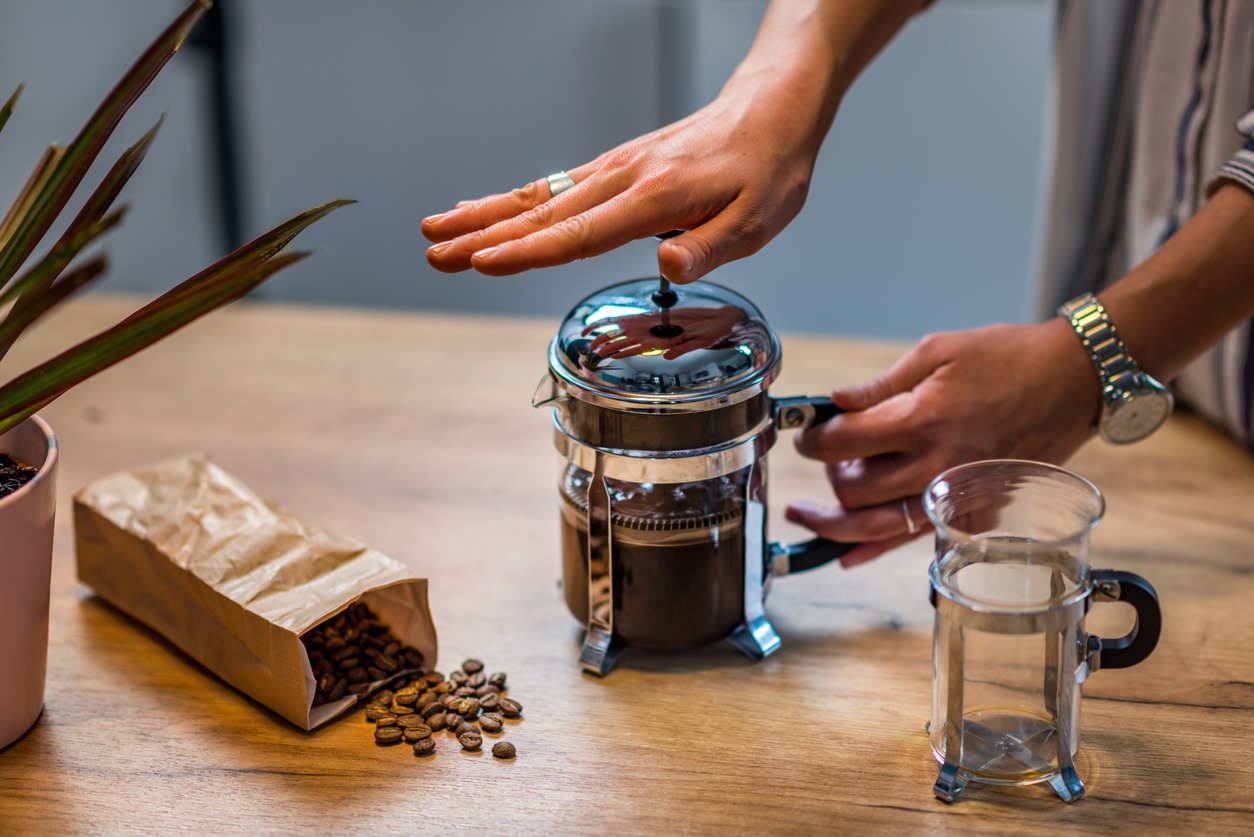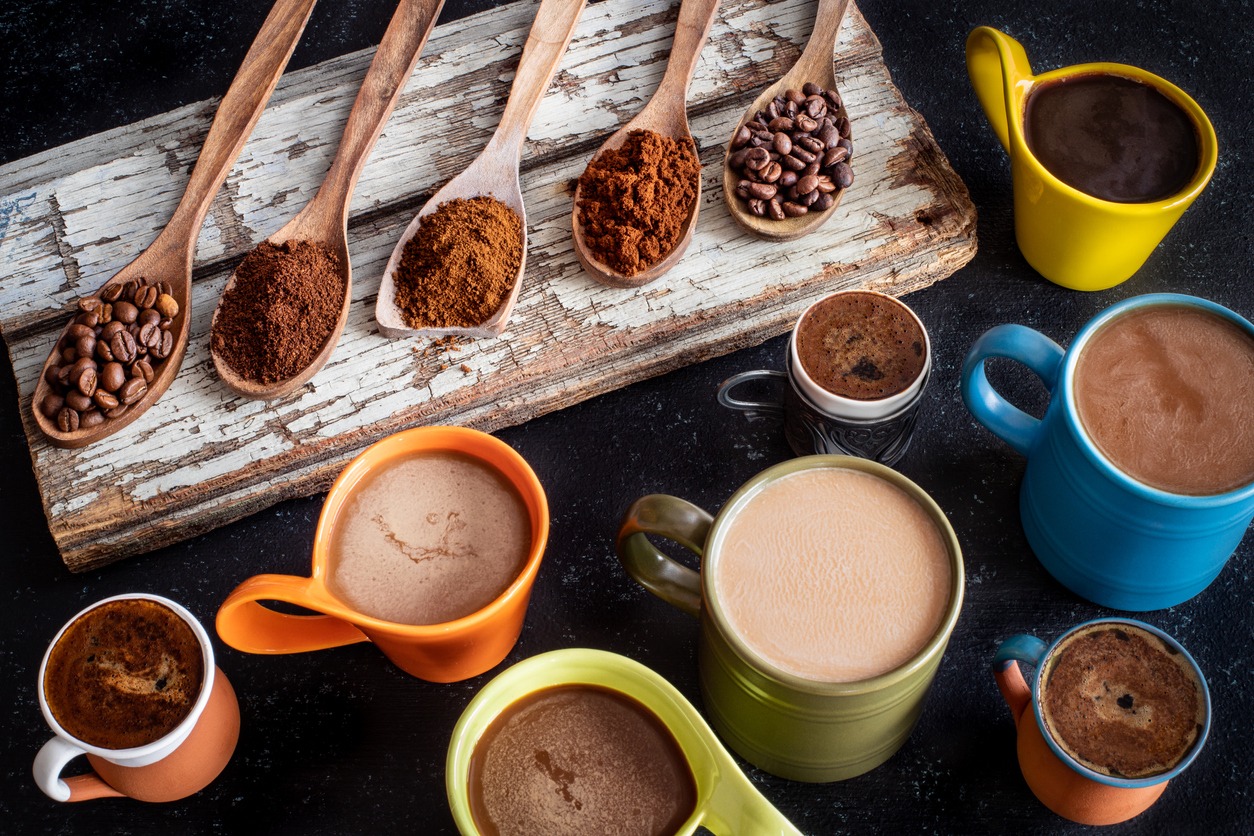Coffee might be the only comfort food that restores a sense of normalcy in trying situations. You can even belong to the group of devoted coffee consumers who ritualize the brewing procedure. In a power outage, you’ll be without a power source and forced to face the end of the world if the awful occurs. In any event, you’ll need to discover a way to tame your caffeine addiction without ingesting coffee grounds.
Stovetop Coffee Maker
You can use your stovetop brewer if you have a gas burner. You can brew coffee on the stovetop without the use of electricity. Since it is less expensive and more portable than electric brewers, which are also heavier and more cumbersome to transport, this sort of gadget, which has been around for centuries, has grown in popularity. Although there are many other ways to use these gadgets, including on hiking and camping vacations, the most typical approach is at home. when they don’t have access to electricity or don’t want noisy electrical items to disturb their environment.
Campfire Method
Start a fire if you want to prepare coffee without electricity. To keep the fire going, you will need sufficient wood. Additionally, make sure you have enough on hand to maintain refilling your pot as required. If you can, use metal spoons because they will melt more quickly under high heat than plastic ones. And ought to be more heat- and flame-resistant than wooden ones. If an iron rod is not accessible, another option is to use a metal fork. Since it won’t burn away like iron does when exposed to flame, this will generally work nicely.
French Press
To make coffee without electricity, you must first heat the water in a pot over a fire or on a stove. In light of this, using a French press to prepare coffee is among the simplest methods available. Given the name, you may assume a Frenchman invented it, and maybe that is the case, but an Italian man filed for a patent on it. The first step in using a French press is to warm up a kettle of boiling water. The next step is to remove the water from the pot and add around eight teaspoons of coffee grounds. After that, fill the pot with hot, but not boiling, water, leaving a small space at the top. Once the plunger is in, if you add too much water, the pot will overflow. Coffee and water are combined and stirred. Place the plunger in and give the pot four minutes to brew.
Strainer
Coffee may be made quite quickly and easily if you have a strainer on hand. Simply simmer some water, then add the coffee grinds while eyeballing the amounts for various brew strengths. Cook the coffee for three to five minutes. Coffee will taste very bitter if you leave it over the heat source for any longer. The bitterness that can result from using a strainer that isn’t fine enough is the sole drawback to this procedure. Additionally, managing the temperature when heating water over a campfire can be challenging, thus increasing the likelihood of producing bitter coffee.
Instant Coffee
The secret to using this coffee-making technique is preparation. If you desire the convenience of instant coffee during the end of the world, you’ll need to have this item fully stocked. Packs of instant coffee are simple to locate and purchase at your neighborhood grocery shop. After removing the packet from its packaging, heat the water using any method you have access to. You can now rip open the instant coffee packet and pour the ground coffee into your cup once the water is at the ideal temperature. Stir then savor. Instant coffee should only be used as the last alternative because of its slightly less sophisticated flavor compared to some of the other possibilities. Before buying, sample a few different brands because some taste far better than others.
Cowboy Style
Cowboy coffee is made by simply heating water over a fire, adding coffee grounds, letting it simmer for a time, and then sipping it. If you have little resources, you can try your hand at making it. The majority like to try to pour their cowboy coffee into a cup gently, while some drink it with the grounds in it. For coffee enthusiasts, this is often the worst-case situation.
Percolator
French presses and percolators both use coffee, pots, and water in their preparation. If you enjoy camping, you’ve probably observed some folks using the percolator while roughing it out in nature. Pour cool water into the percolator’s bottom chamber to start the percolator technique.
Your desired number of cups will determine how much water you need. When assembled, make sure the water doesn’t overflow the bottom chamber and enter the top chamber. Eight ounces of water should be added to the percolator along with a couple of tablespoons of coffee. Put the percolator on the heat source last, taking it off just before it reaches the boiling point. You will have to drink your bitter error if you let the coffee boil.
Filter
The easiest way to get an ideal balance between simple coffee brewing and the excellent flavor is probably to filter your coffee. Since numerous everyday items can be used as coffee filters, it also opens up a world of creative possibilities. Start by heating some water in a saucepan, taking it off the heat source just before it boils. Pour some coffee grounds into a temporary filter, then fill your cup with hot water after the water has passed through the grounds and filter. How quickly or slowly you pour the water will depend on the sort of filter you have. Pouring must be done more slowly for filters that are very fine.
Cold Brew
Coffee can be cold brewed if heat is not an option or is not wanted for any reason. But because it takes a little longer to brew, it is not a method to use if you want a cup right away. Coffee grounds and water should be added to a jar. It should be carefully covered and let rest for 8 to 12 hours in a cool location. This creates a concentration, so blend to taste and enjoy.
Coffee Maker that Runs on Batteries
A coffee maker that runs on batteries is an additional option. if you plan to camp out in the wilderness without access to electricity. A coffee maker that runs on batteries, like this one, might be useful.
Many individuals rely on coffee to get their day started in the morning. But what if the power goes out and you can’t make your coffee? There are still many ways to prepare coffee without using energy.


